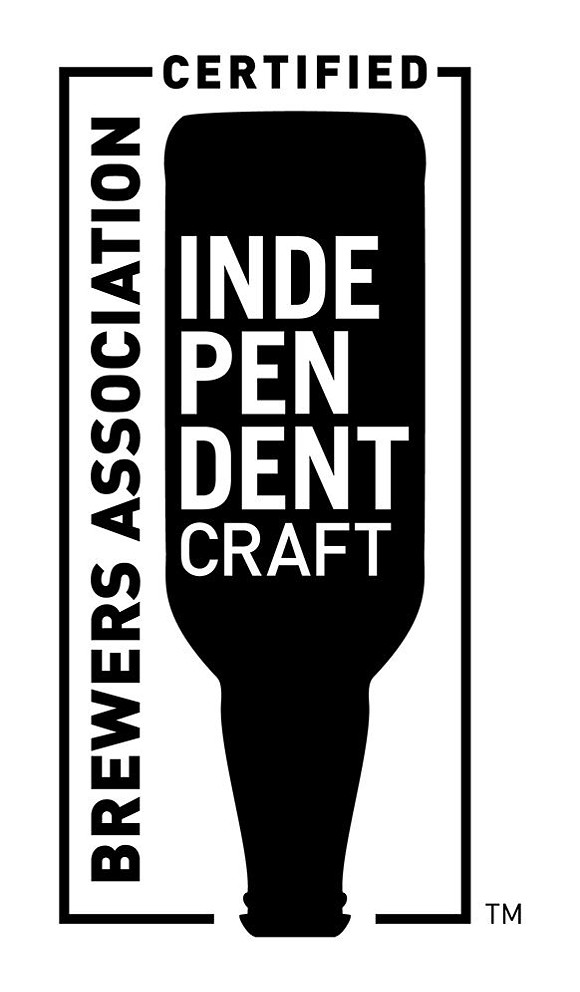AFTER A meteoric rise, the craft beer market has slowed over the last year.
For the past few years prior to 2016, craft beer saw double-digit growth. That was not the case in 2016 when growth slowed to 6 percent.
While many industries would be thrilled with 6 percent growth, this drop has raised worry for many in the craft beer market.
There are three perceived threats to continued sustainability in the market.
The first is the simple fact that the boom in craft beer has led to significant competition within the market. While having too many breweries may not be a problem for your average beer drinker, the sheer number of craft breweries in the market — about 5300 and growing —has led to an increase in competition for shelf-space in stores, materials for brewing and tap handles in restaurants and bars.
This problem is complicated by stagnation in the overall number of beer drinkers. While the average American is still a beer drinker, the shape of the alcohol market is changing.
As millennials reach drinking age they seem to be more likely to experiment with various drinks. Beer is part of the equation, but wine and white spirits, especially tequila, are on the rise. The largest growth is in bourbon and Scotch, which may see a craft beer-like boom.
The third threat is macro beer companies. Seen as taking an aggressive stance on craft beer, macro breweries are actively marketing against craft beer while at the same time purchasing craft breweries.
It is this last threat that craft beer is taking on the most aggressively. The most recent move to distinguish craft beer from “the other guys” is the creation of a certified independent craft beer label.
This seal was created by the Brewers Association, a non-profit organization dedicated to promoting small, independent breweries and the communities that surround them.
The Brewers Association defines a independent craft brewery as one that has an “annual production of 6 million barrels of beer or less (approximately 3 percent of U.S. annual sales)” and “less than 25 percent of the craft brewery is owned or controlled (or equivalent economic interest) by an alcoholic beverage industry member that is not itself a craft brewer.”
Legal breweries that meet these definitions can apply to have access to the free label for marketing and packaging purposes. The label is an upside down beer bottle containing the words “certified independent craft.”
The upside down beer bottle is intended to symbolize how the U.S. craft beer movement has turned beer on its head.
“Beer lovers really care about who makes their beer. What this provides is a clear message to the beer drinker that this beer comes from a small and independent craft brewer” says Brewers Association Director Paul Gatza.
The intention is to show a differentiation between independent breweries and those formerly craft breweries now owned and operated by the macro breweries. It is obviously too early to know how this new seal will affect purchases, but more than 800 breweries had applied to use the seal within a few days of the launch.
Some of craft beer’s heaviest hitters immediately jumped on the bandwagon, including Dogfish Head, Allagash and Stone Brewing.
Not all are happy with the new seal, however. Some see it as a simple marketing ploy that will affect a very small segment, read beer nerds, of the market.
Some see the label as divisive in a time when all beer producers, big and small, should be coming together to work against the larger threat of the wine and spirits market growth.
Others see it as the Brewers Association missing an opportunity to introduce industry-wide quality control elements such as mandatory bottle dating.
Whatever the outcome, expect to start seeing the “certified independent brewery” label on packaging and tap handles in the very near future.


